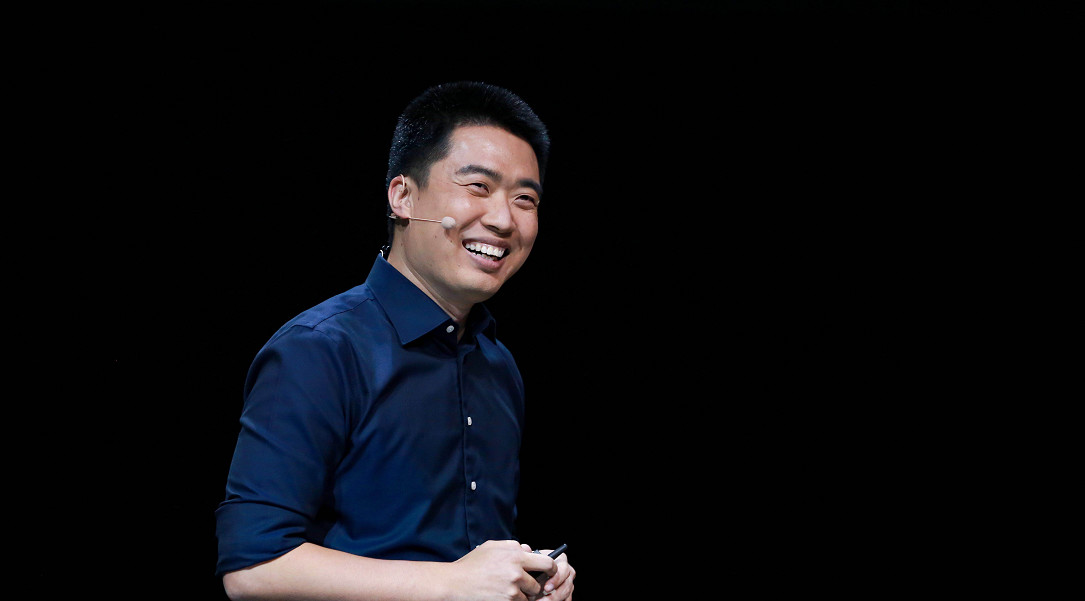On the evening of October 18th, at the Beijing Performance Center, the founder of Chehejia, Li Xiang, and his Ideal Smart team have gone through 40 months and finally unveiled the first intelligent electric SUV ONE.
An intelligent electric car with no range anxiety?
On September 19th, Li Xiang released the first poster of the Chehejia brand and product launch on Weibo. What impressed us the most was not the time and place of the launch, but the slogan itself: “An intelligent electric car with no range anxiety.”
It is obvious that the technical and engineering challenges of any hybrid route are much higher than pure electric. So why did Chehejia choose the range-extended electric route?
I am now driving a Tesla Model X 90D. I can only run 300 km at a constant speed of 120 km/h on the highway. A single charge of less than 500 km is unacceptable to me. (Li Xiang)
The ONE, which follows the range-extended electric route, has an NEDC range of more than 700 km, which means that the actual commuting range of over 500 km is no problem at all. So, what is a range-extended electric vehicle?
According to the working logic of power output, hybrid power can be divided into three types: parallel, series-parallel (mixed), and serial.
-
Parallel: both the engine and the motor can output power at the same time and directly transfer power to the wheels to drive the vehicle.
-
Series: the entire vehicle power is only provided by the motor, and the engine is only used to generate electricity and supply the battery pack or motor to drive the vehicle indirectly.
-
Mixed: the engine can both directly drive the vehicle and generate electricity to supply the motor to indirectly drive the vehicle.
According to the energy supply mode, hybrid power can be divided into hybrid and plug-in hybrid:
-
Hybrid: only fossil fuels (gasoline, diesel) are used as energy supplements, and the engine drives the motor or charges the battery pack.
-
Plug-in hybrid: an external power source is used to charge the battery pack.
Ideal Smart ONE is a plug-in series hybrid model. If you don’t understand it, that’s okay. The advantage of this technology route is shown in the comparisons with the Tesla Model X and BMW X5.* The driving experience of full-time electric motor drive significantly improves smoothness compared to fuel vehicles.
-
The range extender (engine) works in the optimal speed range throughout the journey, significantly improving efficiency compared to fuel vehicles.
-
External power supply charging is supported, resulting in significantly lower energy costs for daily commutes compared to fuel vehicles.
-
Winter range performance is comparable to fuel vehicles, with significantly reduced range degradation compared to pure electric vehicles.
And the advantages of all hybrid models:
- (Compared to pure electric vehicles) No range anxiety.
Before ONE, there were also some models that followed the extended-range route, such as the Chevrolet Volt, Buick Velite 5 extended range version, and Nissan Note e-POWER. Compared to these predecessors, ONE has some differences. Most hybrid models currently on the market are based on fuel vehicle platforms, which directly leads to the newly added electric powertrain needing to be arranged on the existing fuel powertrain, which is constrained at every turn, such as the specification of the battery pack.
However, the ONE platform was designed from scratch, in other words, it belongs to “born extended-range.” This gave the team more space to allocate and arrange the two powertrains more comfortably. Hence, we can see the longest range, and best-performing medium-to-large extended range SUV in history. The powertrain consists of a 40kWh battery, 240kW electric motor, 1.2T range extender engine, and a 45L high-pressure fuel tank, providing 700 km range and 6.5 second 0-100km/h acceleration.
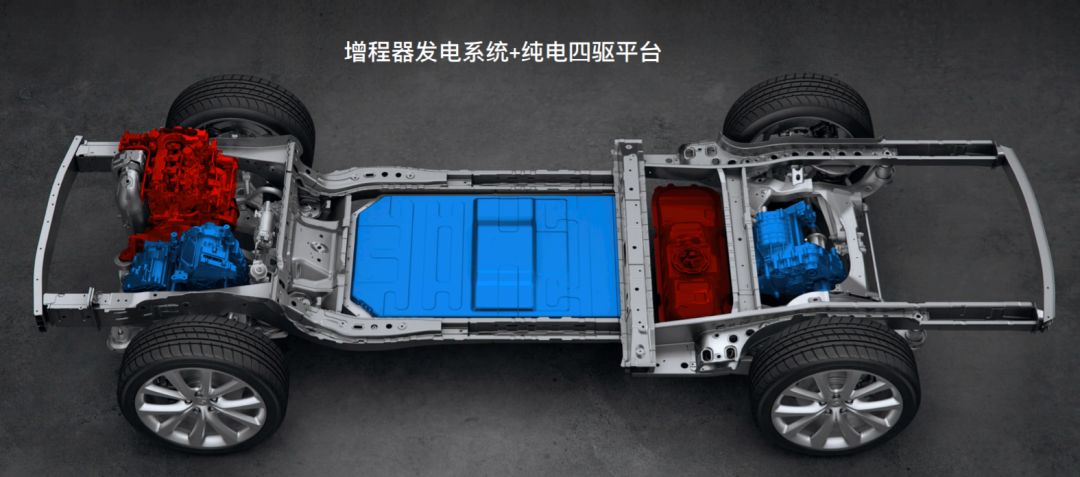
In daily commutes that are not sensitive to range requirements, ONE plays more of a role as a purely electric vehicle. Or a more reasonable explanation is that ONE is based on a pure electric vehicle with an additional range extender for extended range. This is also why we called ONE an intelligent electric SUV at the beginning of the article. (We will talk about the intelligent part separately later.)
Choosing a range-extended electric car in the midst of various driving routes more or less reflects Li Xiang’s sensitivity as a product manager. In most cases, it is impossible to have both, but with ONE, you can see Li Xiang’s ambition to create a product that combines the advantages of fuel and pure electric vehicles.
We have to admit, the vision is good, but there are also a lot of technical challenges or hidden dangers to overcome behind this route.First of all, the booster based on the 1.2T three-cylinder engine, which is produced by Haerbin Dong’an Engine Factory and exclusively supplies to Chehejia, has an independent IP. In other words, the Chehejia team has deeply participated in the development of the booster. So the question is, how does Chehejia ensure the reliability and stability of the engine for luxury SUVs?
Let’s get back to the more fundamental question: Why has China seen over 100 new car manufacturers emerge in the past three years, excluding those for fundraising, making PowerPoint presentations, and impulsive moves?
Most of the founders of new car manufacturers, except for those mentioned above, see the unique opportunity brought to Chinese automakers by the transformation of the automotive industry towards electrification. At the level of the three-electricity (battery, motor, and electronic control), we are on the same starting line with traditional automotive powers. Starting a fuel car company means competing with Germany, the United States, Japan, and South Korea, who have been developing it for more than a century, with no chance of winning.
However, the research and development of key components like the booster-linked engine by Chehejia means that the company is competing with traditional giants on the driving method, at least ensuring basic reliability and stability.
If we compare it with new car manufacturers, ONE also has some disadvantages.
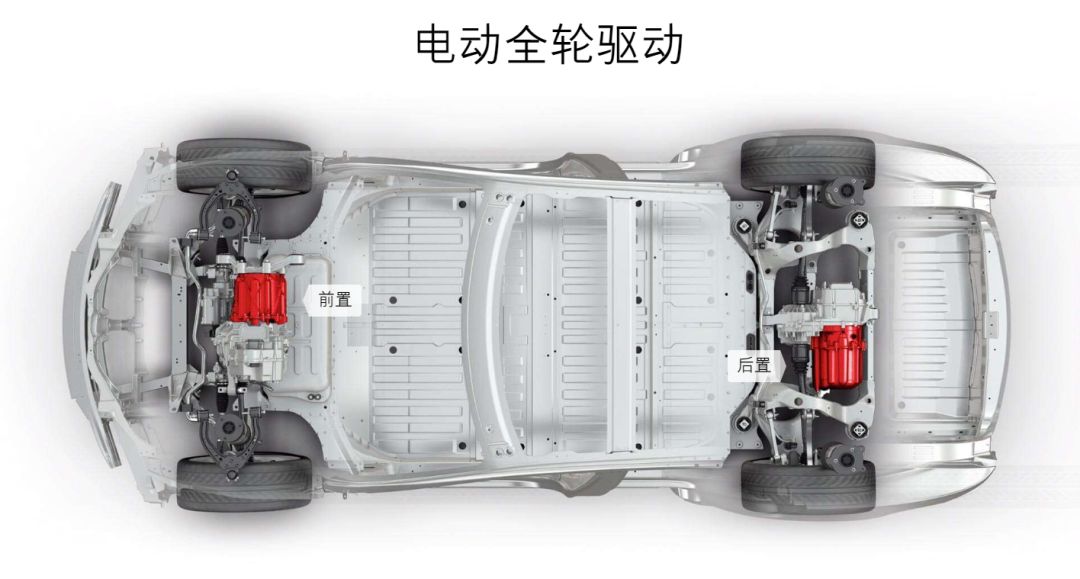
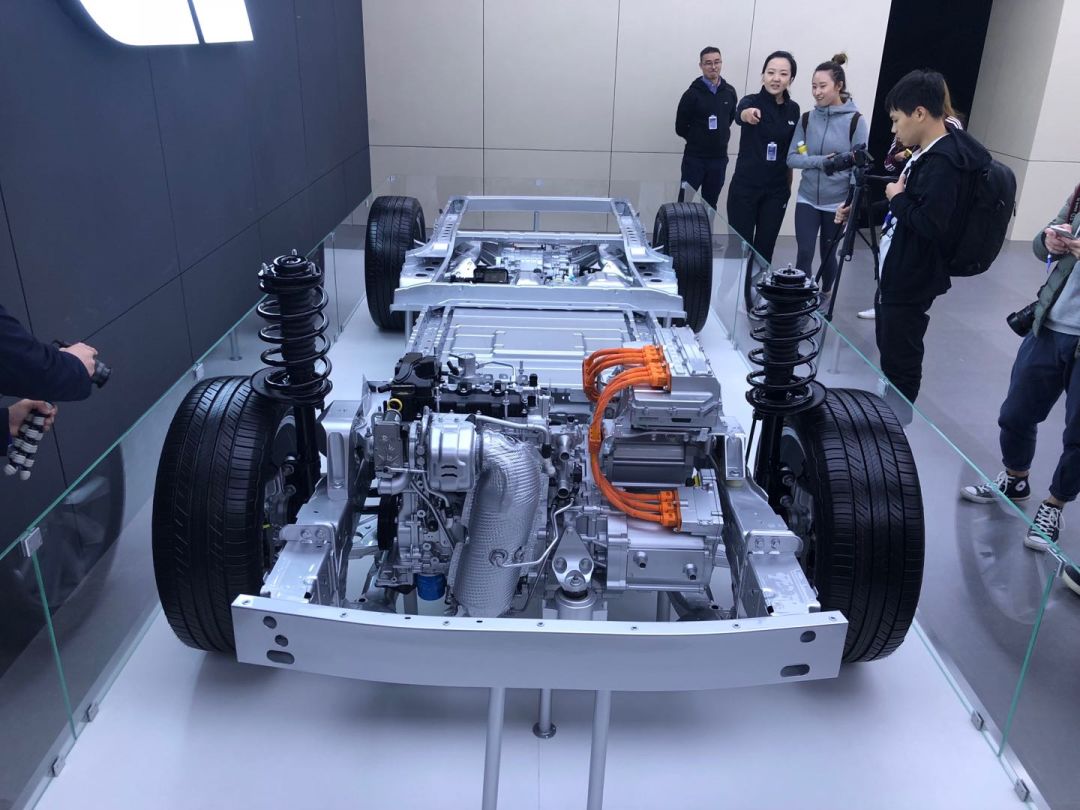
Thanks to its downsized pure electric powertrain, the Tesla Model X has a clear advantage over ONE in storage space. In addition, while the booster road successfully eliminates range anxiety on long-distance trips, it also eliminates the low energy consumption cost of pure electric powertrains.
Of course, from a technical standpoint, each of the pure electric, fuel, and hybrid routes has its own advantages and disadvantages. ONE just simply meets the most fundamental demands of cars as a means of transportation, i.e., expanding life radius, efficient and convenient commuting, and enhancing living quality, by returning to the choice of driving method.
As for whether it is the best technical route, the consumers who are holding coins and waiting to buy will give the answer.
AI-Powered Car ONE
As a media outlet that cares about the future of the automotive industry, we pay close attention to the intelligence of every new car. To some extent, this explains why, despite Tesla having a lot of room for improvement in many aspects, we still highly praise the company’s highly-intelligent car models.It is gratifying that Chehejia’s view on intelligence is largely consistent with ours. For example, ONE, as the first model of Chehejia, has the ability to update the whole car OTA and the advanced L2 level driving assistance system and the thoughtful intelligent driving cockpit are standard across the board.
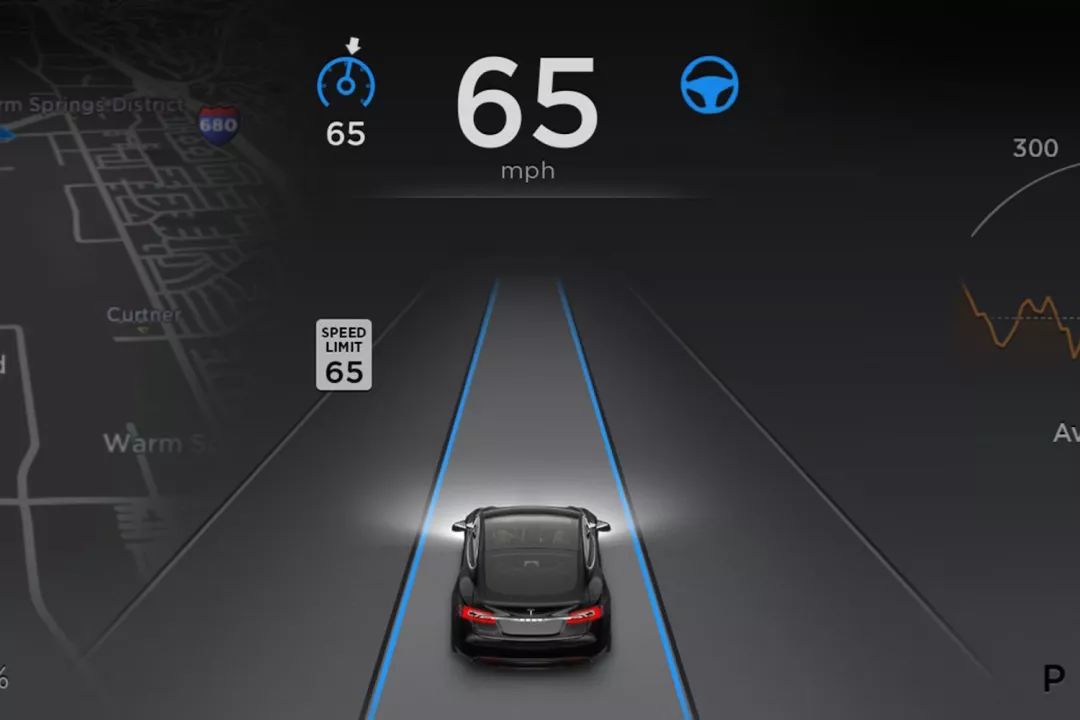
Discussing a controversial topic, there is a popular opinion in the industry recently that OTA of the whole car is nothing more than a tool for car manufacturers to deliver unfinished products to users, taking advantage of OTA support to make up for the shortcomings of development and calibration of various functions on time.
There are indeed such cases: After the first batch of Tesla Model 3 vehicles were delivered, the best braking performance was not released. After being exposed by “Consumer Report” test, the Tesla team completed the new brake accuracy and pushed it to all car owners within two weeks.
In our view, delivering the car with unfinished function calibration related to driving is a very bad way of doing, especially considering Tesla’s leading role in intelligent electric vehicles. In any case, basic function calibration is very basic and necessary.
It is gratifying that Li Xiang promised that ONE will test all basic functions and the basic experience of the intelligent driving cockpit system, including the L2 level advanced driving assistance system benchmarked against Tesla Autopilot’s current level, before its launch. We do not want to applaud this practice greatly, in fact, this should be the most basic practice for a responsible automaker.
Now, let’s talk about ONE’s intelligent driving cockpit system.
Chehejia set a very high goal for the user experience of this system: the world’s best intelligent driving cockpit system. At a glance, this should be the industry’s first four-screen interactive system.
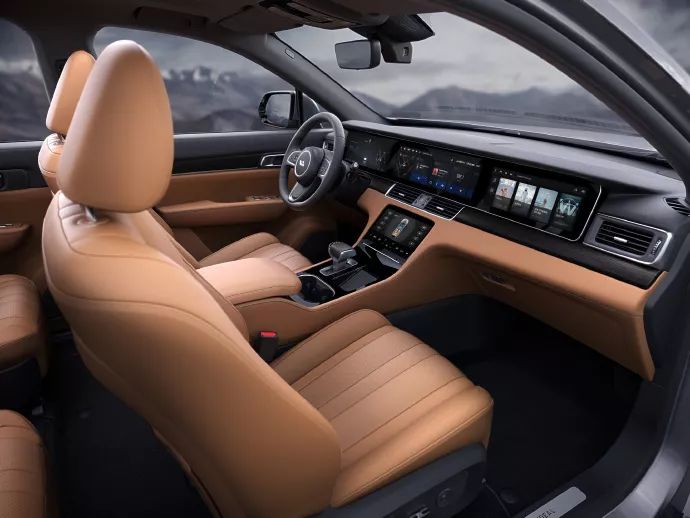
From the underlying technology, ONE is equipped with a dual system, including the Android Automotive car entertainment system driven by Qualcomm Snapdragon 820A and the Linux system driven by Texas Instruments J6. The two systems respectively drive the car system including maps, music, and internet content and the vehicle regulations system including driving information function and advanced driving assistance system, each doing its own job.
The dual system setting takes into account the stability of the driving safety system and the rich needs of the audio and video entertainment level. At the underlying level, the driving and vehicle control and the audio and video entertainment are thoroughly separated physically with a firewall-level segregation process.The industry consensus is that if you can achieve a complete account system + cloud services + rich service ecosystem – that is, the level of Alibaba Banma’s Internet car operating system, it means that the driver’s entertainment needs can basically be put aside the mobile phone when entering the car. As a car maker from the Internet background, I have more expectations for Li Xiang’s approach in the direction of intelligence.
When driving, voice is undoubtedly the best way of human-machine interaction. When your hands and feet are busy, it is obvious logic to let your idle mouth execute. Today, BAT, iFLYTEK’s voice solutions, foreign Google Assistant and Amazon Alexa are all speeding up to get onboard. This is an obvious trend.
The CarHome smart team has deployed multiple high-sensitivity microphones throughout the ONE car, ensuring that all three rows of passengers in the car can efficiently and conveniently interact with the central control screen by voice. This approach is not surprising, but it is interesting if you think about it in detail. We will discuss this in detail in the following product section.
Of course, all the above are “cloud evaluation cars”, and there are countless startup companies that talk big and do poorly. The actual performance of ONE still depends on the car owner’s verdict.
Super Product Manager Li Xiang’s Super Product ONE
Although we have already written more than half of the article, we have not yet made too many comments on the details of this new product. How should we evaluate ONE?
When Li Xiang played his role as China’s most knowledgeable car super product manager to the extreme, and meticulously polished all the details of ONE, this product was destined to stand out and become the destiny of super products. What is a super product? A hot-selling car is a super product.
For example, the intelligent cockpit of Tesla Model 3 is done very well. You can see the traces of Tesla’s interior design team and engineering team working together to overcome challenges, further abandoning unnecessary elements on the basis of Model S/X, and attempting to lead and change users’ interaction habits and methods.
But ONE has done even more detailed polishing on the basis of Tesla. For example, when replacing physical buttons with the vehicle control screen, the probability of successful blind operation in the driving scene must be greatly reduced.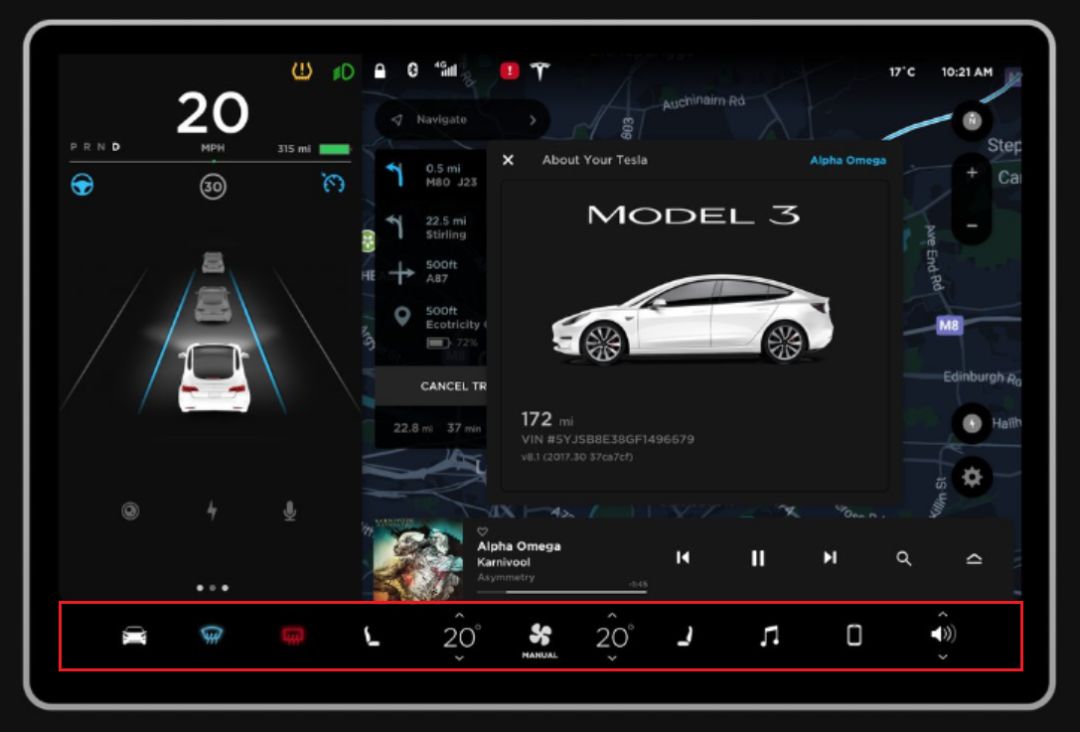
How to solve this problem? Tesla’s solution is to put high-frequency functions such as air conditioning, music, and seat heating in the dock bar at the bottom of the screen, minimizing the distraction of vehicle control on the driver’s attention. Audi’s A8 solution is to add tactile feedback like iPhone 3D Touch, which can also improve safety.
In addition to moving essential functions to the homepage like Tesla, ONE has added multi-touch fuzzy operations for some high-frequency functions, such as adjusting the air conditioning temperature by sliding down with two fingers. This means that you can completely operate the vehicle blindly while visually focusing on the front. In a longer car ownership period, these blind operation gestures will form muscle memory.
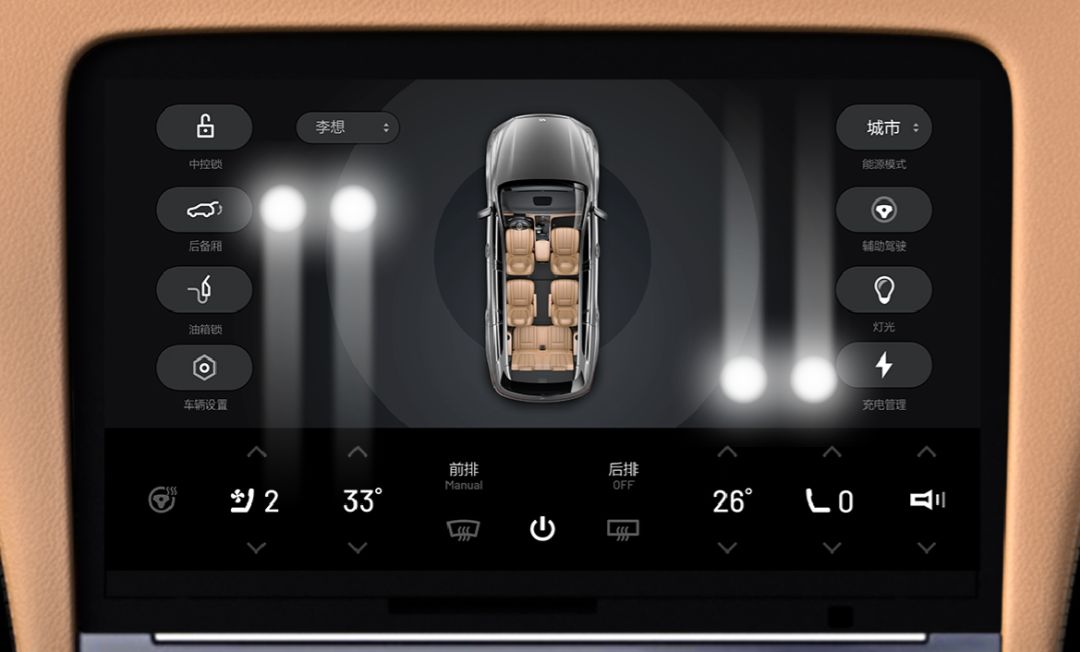
Just as users who are accustomed to the Apple ecosystem are not fond of Windows and Android, ONE has a lot of ambitions to attract users and keep them in the car and home smart car ecosystem.
In addition to that, to maximize the driver’s attention, ONE’s dashboard eliminated the secondary menu. To ensure the entertainment experience of the co-driver, ONE provides a co-driver entertainment screen and independent Bluetooth audio source. As mentioned earlier, in order to provide the best voice interaction experience, ONE has arranged multiple sets of high-sensitivity microphones throughout the car, ensuring that all three rows of passengers in the car can interact with the central control screen efficiently and conveniently.
What’s the point of achieving efficient and convenient voice interaction for passengers in the third row? It makes family games such as idioms meaningful for the first time. Imagine shouting with a loud voice to interact with the central control voice, or interacting with the central control voice like a co-driver. This directly determines the frequency and willingness of passenger interaction.
These details reflect Li Xiang’s product philosophy: Good user experience is never composed of radical, cool, and information and service overload. Real user experience improvements have minimal increases in BOM costs, but require a lot of thought and polishing.
FF, Byton, and Tesla have output radical but industry-leading styling designs, but ONE does not. Almost all new car companies and Tesla output radical but industry-leading powertrain technology routes, but ONE does not. Tesla has output radical but industry-leading interior designs, but ONE does not.If you put it another way, ONE compromises a lot. As a product of a new car manufacturer, it does not choose the disadvantage of a pure electric powertrain not only passively due to publicity, but also due to the continuity of technology accumulation. In terms of styling design, after Li Xiang exposed the styling of ONE yesterday, I heard from different people that this car looks like the Volvo XC90, Jaguar F-Pace, BMW X5, Mercedes EQC, Lincoln Navigator… What does that mean? This is a product that integrates multiple mature design languages of the present, which means that it has nothing to do with all consumer groups who love radical and differentiated design styles. In terms of intelligent driving cabin, ONE is not much ahead of the excellent domestic Alibaba Banma Internet car operating system. In most cases, it only does iteration and optimization based on pioneers.
What is a product? How does a new car manufacturer that starts from scratch enter the highly competitive auto industry?
We comprehensively consider the challenges of technology, investment costs, and team strength, and return to the forefront of user-centeredness, making products that are most conducive to the experience of the widest consumer base. By iterating and improving repeatedly, the gap in user experience has never relied on disruptive innovation, but progressive innovation.
This is the super product ONE created by the super product manager Li Xiang. It has not been launched yet, but it seems unparalleled. In addition to the fact that it truly puts the user at the center of the car and home, it is also due to Li Xiang’s deep insight into consumer psychology.
Here are its price range and options.
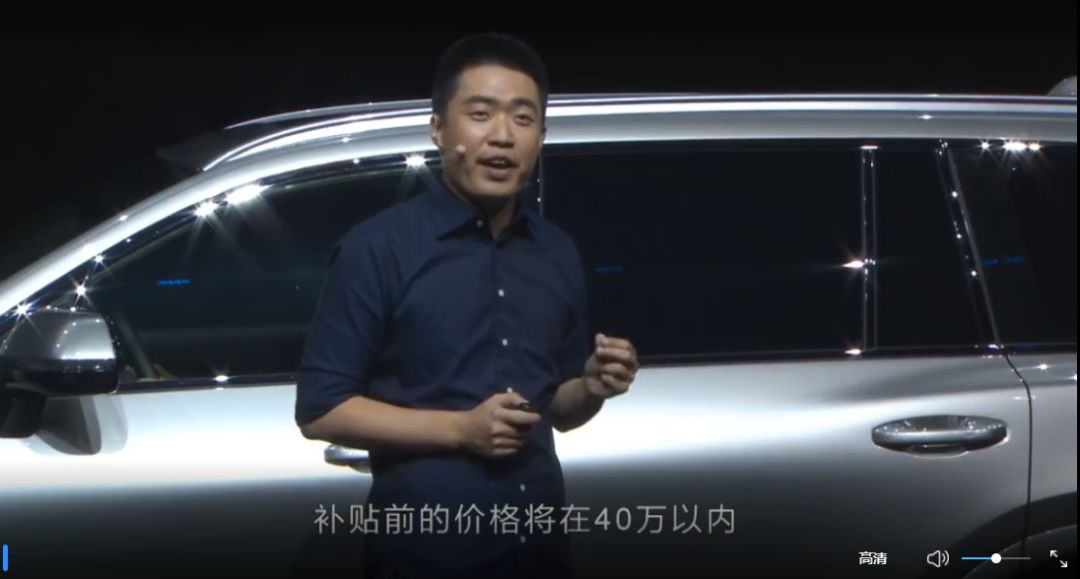
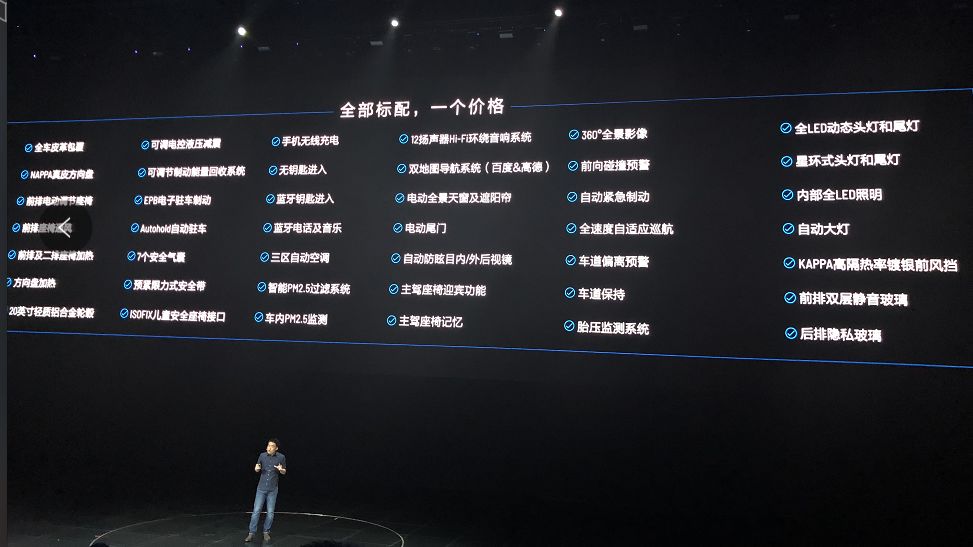

 * NIO XPeng car and home, automatic driving in progress
* NIO XPeng car and home, automatic driving in progress

This article is a translation by ChatGPT of a Chinese report from 42HOW. If you have any questions about it, please email bd@42how.com.
